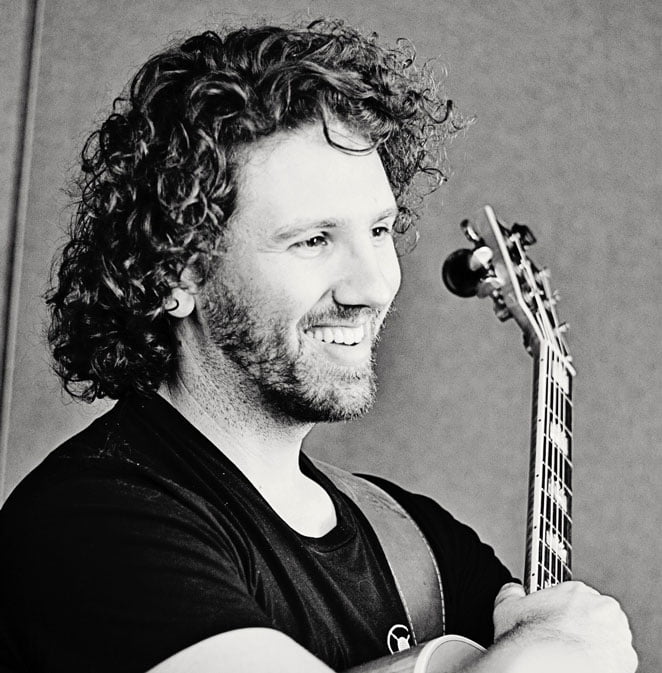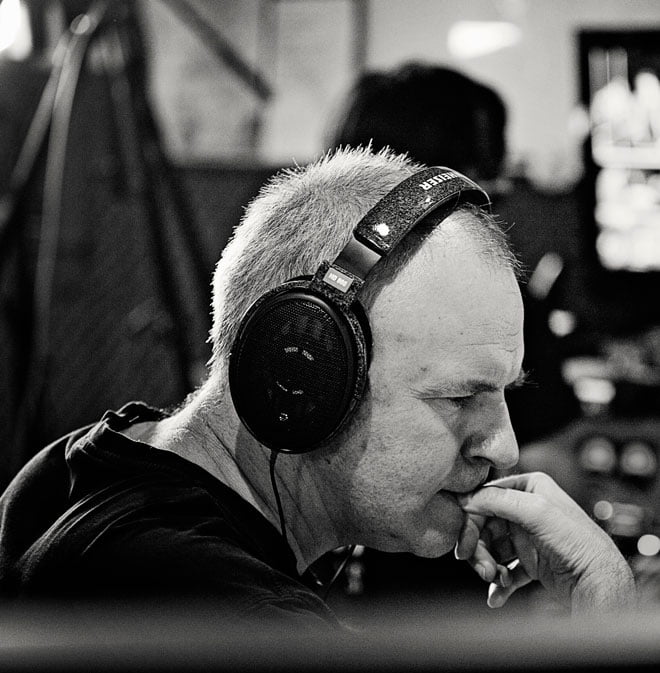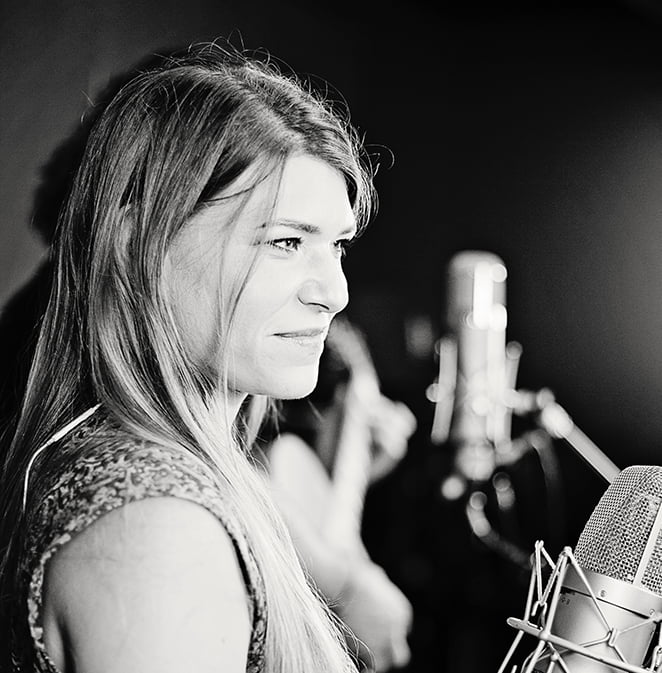Audio Engineers
Looking for the ultimate recording quality for your vocal? Contact us today!
What Audio Engineers Do
The definition of an audio engineer, in simple terms, is an engineer who uses technology to manipulate sounds. Audio Engineers use sound engineering equipment such as mixing consoles and digital audio workstations to record, mix and master audio. They have many names and roles, such as:
- live sound engineer
- recording engineer
- mix engineer
- mastering engineer
- audio systems engineer
- sound designer
- studio engineer
The versatile sound engineering skills of the Audio Engineers at Crash Symphony Productions encompass both of the analogue and digital realms by constantly adapting to the latest audio engineering technology while still staying true to the recording origins of vintage audio gear.
James Englund and Stewart Havill combine vintage microphones and custom-built compressors with the latest and most advanced music software tools in the industry. Crash Symphony Productions have the equipment and expertise to provide you with superior sound quality unheard of in any other recording studio in Sydney.
Who Do Audio Engineers Work With?
Audio Engineers generally work with music producers, musicians, voiceover actors and radio presenters in the performing arts and music industry.
We love to work with musicians of any genre to record their music performances. We have also worked on numerous voiceovers for movies, commercials, radio, and corporate presentations. Our customised voice recording set-up is unrivalled, with a recording chain not found in any other recording studio in the world. Our sole purpose is to deliver the best industry-standard service to all clients.
Where Do Audio Engineers Work?
You can find Audio Engineers working in any location for live sound. Although, you will find them in the recording studio for most of their career.
Everything in the Crash Symphony Productions recording studio has been specifically built to capture voice recordings with the lowest signal-to-noise ratio possible. All cables, power sources, and air conditioning systems have been custom made with this purpose as a priority. Additionally, our recording booth has been constructed inside an existing recording booth for further sound isolation.
Is Audio Engineering The Same as Music Production?
Audio Engineers are more involved in technical aspects such as recording, mixing and mastering. Music Producers are more engaged in creative ideas and artistic approaches to music production.
James Englund and Stewart Havill have decades of experience in audio engineering and music production.
Stewart Havill has played the piano and drums for over 30 years in numerous bands. James Englund plays guitar, bass, drums, piano, saxophone and is a professional singer.
Our Audio Engineers and Music Producers can provide sound production for your album or advertisement and also mixing/mastering services across any genre.
Contact Us Today
Are you looking to record your next album, podcast, advertisement or set up your corporate event? Contact our head music producer James Englund on 0408 300 402 or info@crashsymphony.com.au for more information to discuss the options for your next successful project.
Expert Sound Engineers
Working with us means working with the best sound engineers in Sydney
The art of being an excellent sound engineer is not as prominent now that video has become the focus of our world. However, a top quality sound engineer can augment the quality of a production dramatically. When we record a vocal for music or a voice over for an ad we have the ability to enhance every aspect of that recording. The modern tools available to the twenty-first century sound engineer are truly remarkable. Staying on top of the rapid progress is very much a full time job. Let's take a quick look at what work is involved in producing an excellent vocal recording for a typical voice over job.
Our sound engineer will setup the session prior to the talent arriving. In the most extreme cases, often film ADR sessions, the project and microphones will need to be prepared first. Our clients, from film productions companies, are often located in another country like the USA, the UK, or somewhere in Europe. They will send the sound engineer the program material. This will be the video files with SMPTE timecode, the cue sheet, and all specifications required by our sound engineer to capture a similar sound to what was recorded on set.
Once these program elements are received our sound engineer in Sydney will go into Pro Tools and mark out all the cue points on the timeline of the film. Each entry point will have ADR beeps that will help the talent execute their lines in Synch with the film. In ADR the talent's job will be to lip synch in time with their delivery on set. By setting up the project prior to the talent arriving our sound engineer ensures that the session flows smoothly for the talent.
Often these "remote sessions" (where the directors and producers are overseas) are facilitated by software that helps us communicate with the overseas studios. Programs like Zoom and Source-Connect allow sound engineers in both locations to be actively involved in the session. The sound engineer overseas can literally press the recording button in one country and our software will obey the command here in Sydney. The directors and producers can watch the video content on their screen whilst listening to the audio being recorded by our sound engineers in Sydney. It's real-time. It's the modern way. It's remarkable!
In this example, an ADR recording session, the sound engineer would also need to setup two microphones. One would be a lapel mic, similar to what might have been used on set, and the other a shotgun microphone. These two microphones are setup by our sound engineer in Sydney in front of a screen. This is to allow the talent to clearly view the film as they are performing. An iPad is also positioned in close proximity to the microphones. This will have all the cue points and lines that the talent will be reading during the ADR recording session.
During the session the sound engineer will be facilitating the smooth capture of cue lines. They make sure that all the takes of each line are saved for future recall and re-listening, and can even cut recorded takes together to create a composite "best take".
Once the ADR session is complete the post-production work on the re-recorded lines begins. The amount of work that goes into the audio post-production is beyond the scope of this example. However, we can give a few examples of the kind of technology our sound engineer might decide to use on the recorded cue lines. There is software to reduce lip and mouth noises. Harsh sibilant frequency can be curtailed. The synch of the spoken lines can be further tightened by intelligent algorithms that look at the original "on set" spoken audio and literally stretch, cut, and compress lines recorded in our Sydney recording studio and make them even tighter. The list of tasks, options, and enhancements that our sound engineer can apply to a voice recording is enormous.

James Englund
Founder

Stewart Havill
Engineer/Producer

Borbala (Bobo)
Session singer and Admin
Want to book a recording studio?
OPENING HOURS
24/7

